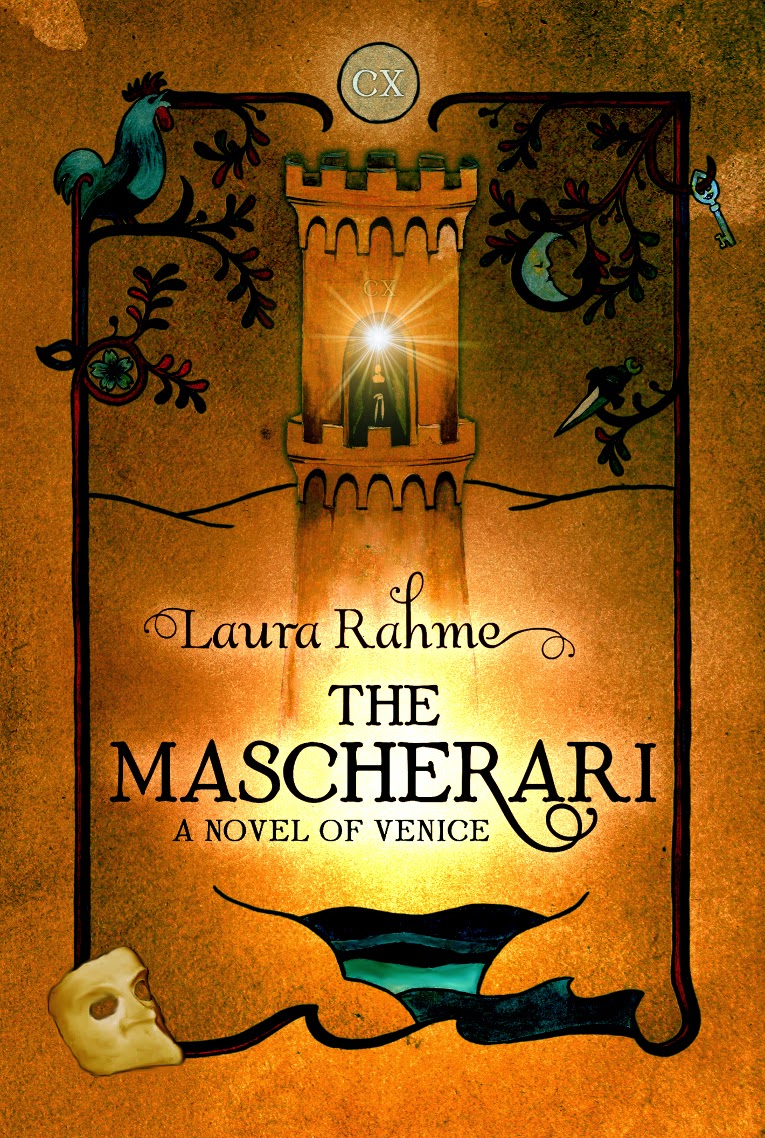Yes, it's all true. I'm a loner.
From the age of five, when I preferred to roam the playground alone, lost in thoughts, rather than play with other children, right up to my insistence, as an adult, on having lunch by myself every day at work - despite invitations from co-workers that I do like - I mostly enjoy being alone.
I live in my head, and I imagine things that make me wonder, at times, if the likes of Salvador Dali and Patricia Highsmith have not found a corner of my brain from which they command me to do their bidding.
Over almost four decades, I have had to surmount extremes in introversion and sensitivity, in order to function 'normally' in a predominantly extroverted world that abounds with stimulus.
Beneath the seemingly aloof, collected veneer, I am constantly adjusting, recovering, and moderating my own - often violent - reactions to what I perceive as overbearing, crippling and vivid stimulus, all around me. I am getting better at it...
Human micro-expressions, voice tones, traffic noise, bright lights, weather changes, intonations of conflict, loud music - the world can be an overly jarring place, and only in the comfort of my own mind or else, in nature's embrace, can I find true peace.
Living this life can be exhausting and I am often physically tired, in need of an escape, or else riddled with migraines.
Call me precious. One day I will find a balance!
My Enneagram type is Four. Many writers who have delved into the ancient Sufi philosophy which is the Enneagram, will discover that they are Fours. As such, it is hardly unique.
Still, I could not help but smile at this apt comic interpretations by Clare Cherikoff:
And then there is this, which is my subtype:
"The Four with a Five Wing"
Healthy, gifted individuals of this subtype are probably the most profoundly creative of all the types because they combine intuition with insight, emotional sensitivity with intellectual comprehension, frequently with stunningly original, even prophetic, results.This is where I hope to be someday: prophetic; but I am not there, yet. Some of my novel characters are certainly prophetic, and so I can relate to this. This statement accurately encapsulates my aspirations.
Four with a Five-wing burn brighter than Fours with a Three-wing, but at the risk of burning themselves out faster.Hence the migraines. Hence the recurring exhaustion with everything, and with living...
Average persons of this subtype are given not merely to self-absorption, but to philosophical and religious speculation. Their emotional world is the dominant reality, but with a strong intellectual cast. People of this subtype tend to be extreme loners, more lacking in social connectedness than the other subtype.This entire post is an example of the said self-absorption.
Thus, their artistic expressions more completely substitute for the person than in Fours with a Three-wing.This last point is interesting. There have been situations where, by no fault of my own, I have fooled people into thinking that they know me, when all they actually know is my artistic expression (whether in writing or visually expressed, especially through clothing). Humans are awfully simplistic and will use all manner of heuristics, judgments or else incorporate prejudices of all sorts in order to arrive at an opinion of someone.
These people also frequently have an otherworldly, ethereal quality about them; they are extremely independent and unconventional to the point of eccentricity. They also tend to be secretive, intensely preoccupied with their thoughtsAre you kidding? I live in my head; I float outside of my body; no, wait...do I have a body?
and purposely enigmatic in their self-expressions.*Smiles*
Let us just say, that if I do not wish to share something with someone, I won't. At the same time, I can make it appear as though I have just shared a large part of myself, while in fact, I have revealed nothing.
Their creative ideas may also be somewhat unusual, possibly even surrealI swim in the surreal and so I completely agree with this.
Members of this subtype care little for communicating with those who cannot understand them.Most people can't and won't suffer an eccentric (and they are absolutely justified). I would much rather not burden them.
















